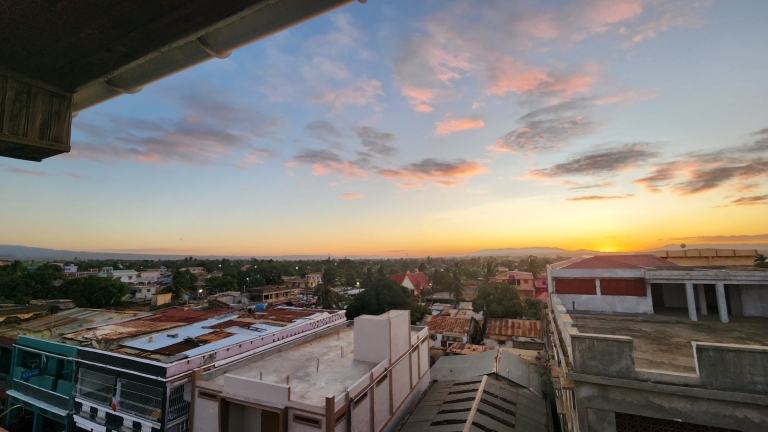Biological Anthropology

Biological Anthropology is the study of humans as biological organisms, with a focus on human behavior, biology and evolution. Biological Anthropologists study humans around the world, fossils, and our closest relatives, primates.
At Eastern Kentucky University, students learn human anatomy and evolution through studying our human skeletal collection, fossil cast collection, and by observing primate behavior in regional zoos and at the Lemur Conservation Center. We also have a research accord to study primates in Madagascar.
COURSES IN BIOLOGICAL ANTHROPOLOGY
(consult the University catalog for course descriptions)
- ANT 201: Introduction to Biological Anthropology

- ANT 306: Human Evolution
- ANT 365: Selected Topics in Biological Anthropology
- ANT 370: Primate Conservation
- ANT 371: Primate Ecology and Sociality
- ANT 380: Forensic Anthropology
- ANT 385: Human Osteology
- ANT 460: BioAnthropology Field Methods (Primate Field School)
Introduction to Biological Anthropology (satisfies Gen Ed Element 4)
General survey of the human biological species and its evolution, emphasizing the study of genetics, osteology, primate behavior and biology, fossil populations, and contemporary human biological variation.
Human Evolution
A detailed analysis of primate and human physical development emphasizing the fossil evidence of humankind’s evolution.
Primate Conservation
The local human and biological impact of conservation programs affecting primate communities throughout the world. Topics include forest fragmentation, historical perspectives on conservation, agroforestry, ecotourism, ethnography, and disease.
Primate Ecology and Sociality
Ecological relationships within primate communities. Students examine primate social structure, habitat use, diet, locomotion, seasonality, plant-primate interactions, and predator-prey relationships.
Forensic Anthropology
Forensic osteology and dentistry; including demographic methods, pathology, and practical methods of collecting human physical evidence; and the role of the expert witness.
Human Osteology
Analysis of individual skeletal remains, focusing on functional anatomy and bone physiology, disease and injury, and nutrition. Includes introductions to bioarchaeology, forensic anthropology, and biocultural reconstruction.
BioAnthropology Field Methods (Primate Field School)
Learn biological anthropology field methods while conducting a research project. Collect and analyze biological anthropological data. May be retaken to a maximum of six hours, provided the subject matter differs each time.

